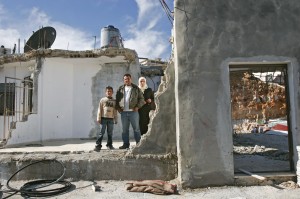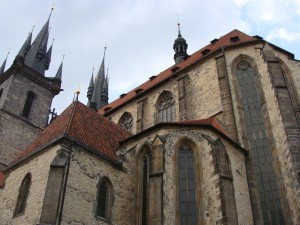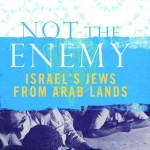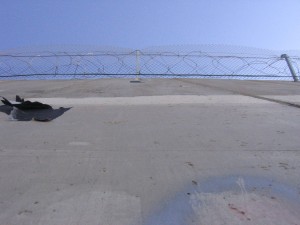
Israel imports palm fronds from Gaza for Sukkot
Maan News Agency, September 30, 2009
Yesterday the Minister of Defense, Ehud Barak, approved the immediate importation of palm fronds from the Gaza Strip to Israel, according to the Hebrew daily Ma’ariv. The move came at the behest of Minister of Religious Services, Yakov Margi, who feared that a shortage of palm fronds and a local monopoly on the item would send prices skyrocketing for the Jewish holiday Sukkot.
For the weeklong holiday, many Israelis build a sukkah (literally booth) using palm fronds for the hut’s roof. The temporary shelter is constructed in remembrance of the forty years that, according to religious tradition, the ancient Israelites wandered in the desert.
Minister Margi reportedly thanked Minister Barak for the decision, stating that it would keep the prices of palm fronds down and would preclude local merchants from overcharging customers.
Continue reading “Israel imports palm fronds from Gaza for Sukkot”
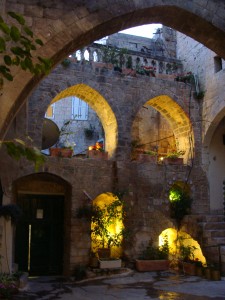
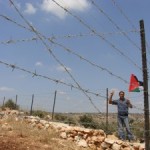

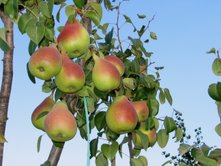
 The Palestinian village of Bil’in, located in the West Bank, is a flashpoint for the Arab-Israeli conflict. Since 2005, Bil’in has been the site of Friday demonstrations attended by hundreds of Palestinians, Israelis, and internationals in protest of the impending construction of the separation wall, the division of Palestinian-owned land, as well as the continued building of Israeli settlements. According to the protestors and Palestinians the barbed wire security fence, which serves as a temporary separation, also prevents farmers from accessing their land.
The Palestinian village of Bil’in, located in the West Bank, is a flashpoint for the Arab-Israeli conflict. Since 2005, Bil’in has been the site of Friday demonstrations attended by hundreds of Palestinians, Israelis, and internationals in protest of the impending construction of the separation wall, the division of Palestinian-owned land, as well as the continued building of Israeli settlements. According to the protestors and Palestinians the barbed wire security fence, which serves as a temporary separation, also prevents farmers from accessing their land.